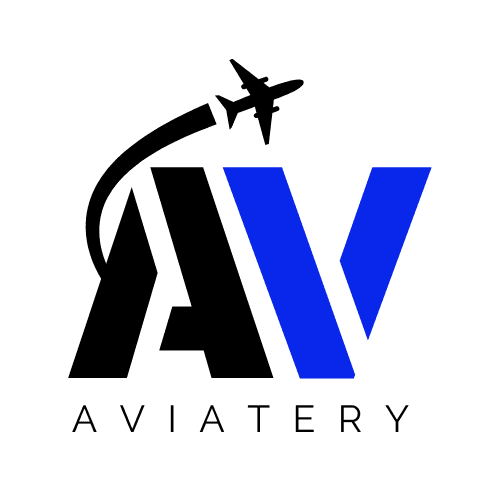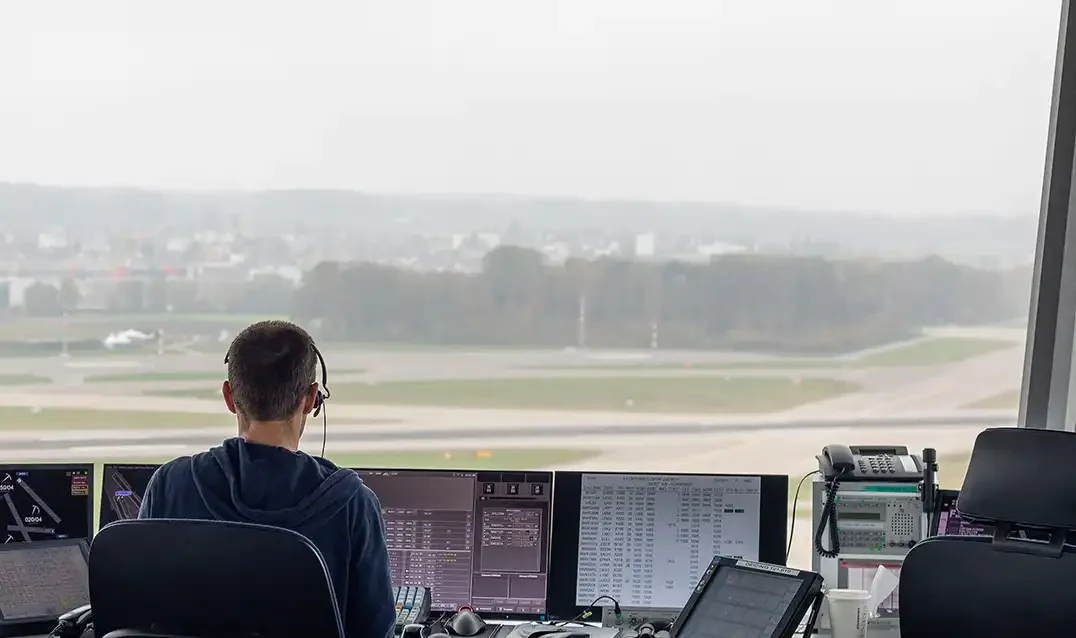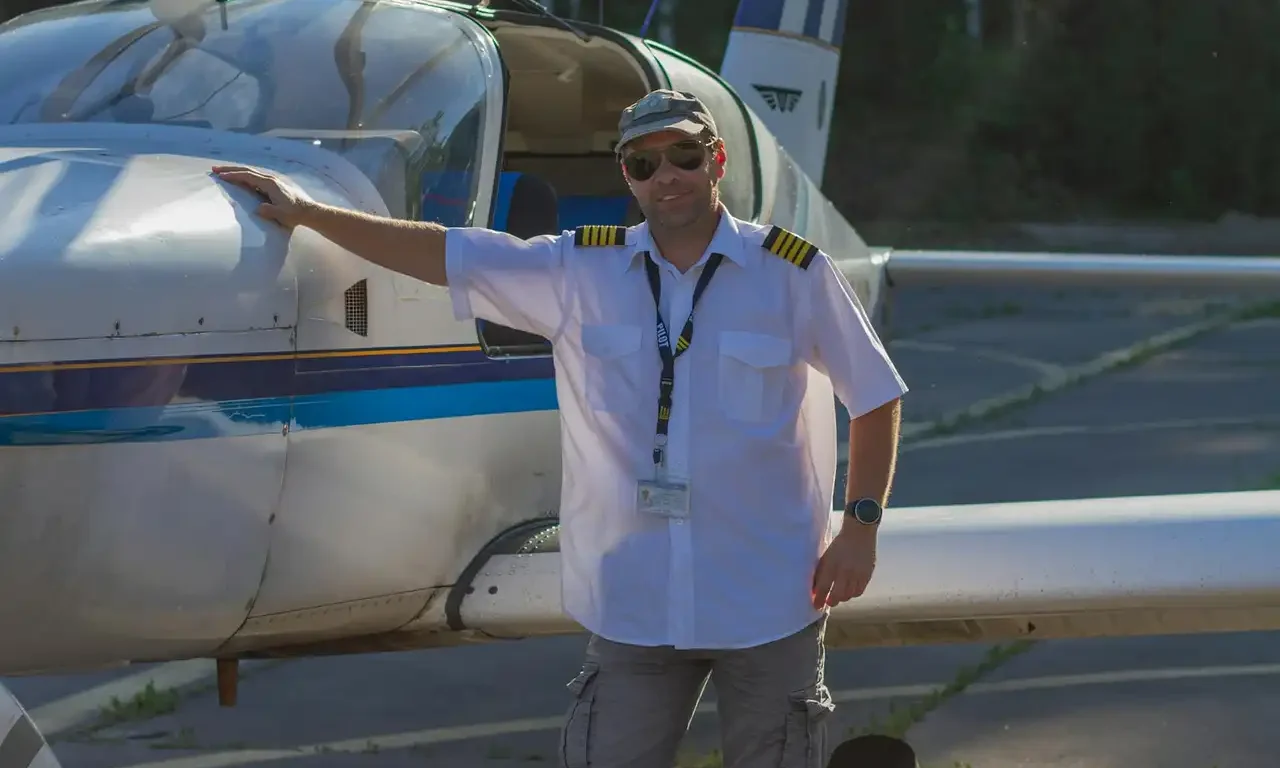The Critical Path to Becoming an Air Traffic Controller: Requirements and Realities
Are you fascinated by aviation and drawn to high-stakes careers that demand precision and quick thinking? The air traffic controller career path requirements are both rigorous and rewarding for those who can meet the challenge. Air traffic controllers play a vital role in ensuring the safety of millions of passengers daily, coordinating aircraft movements across crowded skies and busy airports with zero margin for error.
According to the Federal Aviation Administration (FAA), air traffic controllers earn a median annual salary of $127,920, placing them among the highest-paid professionals without requiring advanced degrees. However, this compensation reflects the extraordinary responsibilities and strict requirements candidates must satisfy.
Essential Air Traffic Controller Career Path Requirements
The journey to becoming a certified air traffic controller involves several mandatory steps and qualifications:
- U.S. Citizenship: All candidates must be United States citizens.
- Age Restrictions: You must be under 31 years old when hired by the FAA (with some exceptions for veterans and those with prior controller experience).
- Education: A minimum of a bachelor’s degree or three years of progressive work experience, or a combination of education and work experience totaling three years.
- Air Traffic Collegiate Training Initiative (AT-CTI): Many successful candidates complete programs at one of the FAA-approved AT-CTI schools.
- Pre-Employment Tests: All applicants must pass the FAA’s rigorous Air Traffic Skills Assessment (AT-SA) examination.
- Medical and Psychological Screening: Candidates undergo comprehensive evaluations including vision, hearing, cardiovascular health, and psychological stability tests.
- Security Clearance: A background investigation is required for this position critical to national security.
- FAA Academy Training: Selected candidates attend intensive training at the Mike Monroney Aeronautical Center in Oklahoma City.

The Challenging Training Process for Air Traffic Controllers
The air traffic controller career path requirements continue after initial selection. The training process is notably demanding, with a significant washout rate. According to FAA statistics, approximately 20-40% of candidates who begin training at the Academy don’t complete the program.
Academy training lasts 2-5 months, depending on your assigned facility type. Following graduation, new controllers enter an intensive on-the-job training period at their assigned facility. This phase typically requires 2-4 years before achieving full certification as a Certified Professional Controller (CPC).
The National Air Traffic Controllers Association (NATCA), the controllers’ union, reports that this extended qualification period ensures only the most capable individuals earn full certification.
Career Advancement and Opportunities
Once certified, air traffic controllers can advance through increasingly complex facilities, each with corresponding pay increases. The FAA categorizes control facilities from levels 4-12, with higher numbers representing more complex and busier airspace.
Controllers must maintain proficiency through regular recertification and continue meeting medical requirements throughout their careers. Many controllers retire at the mandatory retirement age of 56, though some transition to instructor roles or related aviation positions.

The intensive air traffic controller career path requirements ensure that only the most dedicated and capable individuals earn the right to guide aircraft through our nation’s airspace. For those who meet these stringent standards, the career offers exceptional compensation, job security, and the profound satisfaction of safeguarding thousands of lives every working day.
FAQ About Air Traffic Controller Careers
Q: Can I become an air traffic controller if I wear glasses or contacts? A: Yes, the FAA vision requirement is 20/20 corrected vision (with glasses or contacts). You must also have good depth perception, the ability to distinguish colors, and no night vision problems.
Q: What types of facilities do air traffic controllers work in? A: Controllers work in three primary facility types: Airport Traffic Control Towers (ATCTs), Terminal Radar Approach Control facilities (TRACONs), and Air Route Traffic Control Centers (ARTCCs). Each represents a different specialization in the profession.
Q: Is there a personality type that succeeds as an air traffic controller? A: Research by the Journal of Aviation Psychology indicates successful controllers typically demonstrate strong spatial awareness, multitasking abilities, stress resilience, decisive decision-making, and excellent communication skills.
Q: What’s the typical schedule for an air traffic controller? A: Controllers typically work rotating shifts covering 24/7 operations, including nights, weekends, and holidays. Most controllers work 40 hours per week spread across about four 8-10 hour shifts, with mandatory rest periods between shifts to prevent fatigue.
Q: Are there opportunities for air traffic controllers outside the FAA? A: Yes, experienced controllers can find positions with the Department of Defense at military facilities, with private companies managing contract towers, as consultants for aviation technology firms, or with international air navigation service providers in countries that recognize FAA certification.
Q: How competitive is the selection process? A: Extremely competitive. According to FAA hiring statistics, they typically receive over 25,000 applications for approximately 1,500-2,000 trainee positions annually, making the selection rate less than 8% before accounting for Academy washouts.










